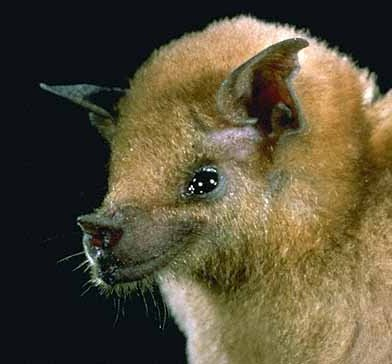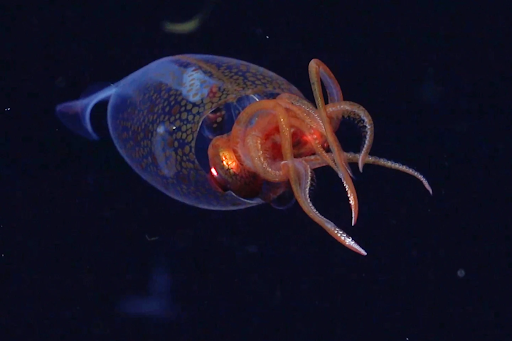A fascinating biological discovery has been made in Arizona. Scientists have concluded that the Leptonycteris nivalis (Mexican long-nosed bat) can be found in Arizona, an area formerly thought to be out of their range. Arizona now has 29 species of bat: 26 insect-feeding and three nectar-feeding.
According to Texas Parks and Wildlife, the Mexican long-nosed bat or Greater long-nosed bat is a bat species native to Mexico and the southwest United States that is considered endangered. Mexican long-nosed bats are large compared to other Arizona bats, measuring about 2.75 to 3.75 inches long. They are brown and gray and have a nose leaf on the tip of their nose. They get their name from their unusually long nose which is an adaptation due to their need to access nectar found deep in flowers, as their diet consists mainly of nectar.
Because this species is native to the southwest United States, many speculated that the Mexican long-nosed bat has been in Arizona for a while, however, scientists were only able to identify it recently. Arizona has two types of long-nosed bats now. Bat Conservation International states that the Mexican long-nosed bat is very closely related to the Lesser long-nosed bat. They look nearly identical. The only difference between the two species is the length of their third finger, making it hard to identify the individual species. In order to do this in the past, biologists had to physically analyze the bat by capturing it and measuring the third finger. Because of this, many believe that when scientists were documenting bat species before, they misidentified Mexican long-nosed bats as Lesser long-nosed bats.
Often, discovering something as big as a new species is done by scientists in the field. However, that was not the case in this situation. Mexican long-nosed bats in Arizona were discovered through citizen science, meaning that the species was discovered by regular people, not necessarily biologists or other scientists. This is achieved in many ways, for example, through apps like iNaturalist where animal watchers post animals they can’t identify. Other watchers will respond to what they think the animal is based on region, appearance, and other factors. However, iNaturalist was not how the Mexican long-nosed bat was discovered.
Residents in southeastern Arizona swabbed hummingbird feeders for trace amounts of bat saliva, reported the Arizona Game and Fish Department. Similarly to hummingbirds, nectar feeding bats feed on sugar water because they are pollinators. The saliva was an environmental DNA (eDNA). These samples were then sent to a “Species from Feces” lab at Northern Arizona University that used no-disruptive clues to identify the bat species. Using eDNA was much more efficient than earlier processes because instead of spending hours in the field looking for and tracking individual bats, scientists used residue to quickly identify species.
The discovery of bats in Arizona is monumental because now that scientists are aware the species is present in Arizona, they can count the population. Getting a correct count of the species will help biologists understand how endangered this species is and hopefully learn more about it in the process. Many bat species around the United States are endangered due to habitat loss and a new disease, the White Nose Bat Syndrome. Though White Nose Bat Syndrome is yet to be discovered in Arizona, there is still a fear that it will come and that it will wipe out entire species of bats. Bats are pollinators which help flowers and plants grow which in turn provide homes and food for other species, including humans. Bats are very important and scientists are hopeful that the discovery of Mexican long-nosed bats in Arizona could help us understand them more.





















Amanda • Feb 7, 2025 at 1:53 pm
soo cute